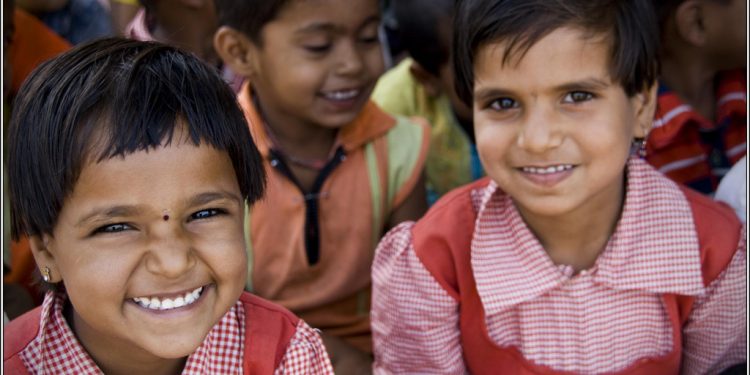Illiteracy, A Potential Root Cause?

Background
Illiteracy in India is by far the most serious problem. Indians have recognized that illiteracy is an unacceptable part of society, but the problem seems to have gotten worse. Illiteracy in India continues to exist on an appalling scale, regardless of citizens recognizing its negative consequence. In 2013, statistics reported by UNICEF indicated that the literacy rate in India is 62.8%. The literacy rate in India is alarmingly low and comes as a shock, considering that China has a literacy rate of 95.1% and the U.S. has a literacy late of 99%. With Indian citizens craving for India to catch up to its fellow superpowers, it’s abundantly clear that something has to be done to alleviate this pressing problem.
The Impact
Initially, the impacts of illiteracy were confined to the individual, but it is gradually becoming clear that the economic engine of India cannot function if illiteracy continues to plague the citizens at such an alarming scale. Literacy and educational attainment have long been acknowledged as important indicators of a country’s development, as they not only foster personal development, but determine employment and opportunities for overall human and social development as well.
Illiteracy can disrupt economic and political institutions in even the most powerful nations and can send countries into a downward spiral. Consequently, if India is to become a developed nation, it is imperative that the government first look to dismantle and uproot the problem of rampant illiteracy. The biggest effect of illiteracy in India is poverty, and poverty is a precursor to other effects. With rising poverty, economic growth can only be dreamed of. Spread and diffusion of literacy is generally associated with essential traits of today’s civilization such as modernization, urbanization, industrialization, communication and commerce. This fact can be clarified as all the developed countries like America and Canada have very low illiteracy rates, whereas countries like India, Turkey and Iran have a very high rate of illiteracy. World Bank studies have established the direct and functional relationship between literacy and productivity on the one hand and literacy and the overall quality of human life on the other.
In spite of the economic effects, illiteracy also serves to reify the social issues that continue to plague developing countries like India. With the male literacy rate at 75.96% and the female rate at 54.28%, illiteracy retrenches the problem of gender inequality. The social system in India promotes education for males while the female population, especially in the deep interiors of the country, is often tasked with jobs which supposedly trump education. Not only does this drastically reduce female involvement in STEM jobs, but it also hurts the country’s economy and prevents India from reaping the benefits of being one of the largest economies in the world.
Current Solutions
The problem is not that citizens aren’t knowledgeable about the harms of illiteracy; instead it is that there has not been any organized effort to do away with this deplorable state of backlog. We tinker at this problem instead of tackling it. Several policies have been implemented to check illiteracy such as the National Policy of Education- 1986, which declared that the whole nation pledge itself to the work of eradicating illiteracy, particularly in the 15-35 age group. Several solutions have been experimented with (suleka), but they don’t seem to be working. Why? Well currently, the government has implemented ambitious programs, but these are yet in cold neglect. By deeming other issues “more important” there isn’t much intervention by the government to enforce these policies.
Conclusion
Literacy enables a person to think rationally, to be understanding, to be more responsible and to make his/her own decisions. A literate person is aware of all his fundamental rights and duties. Literacy is the ultimate solution to fight problems like communalism, terrorism and under development. India’s government is of the people, for the people and by the people, but what is the use if people cannot even make the right choice? Literacy is not a desire, it’s a necessity.
[Image Attribute: flickrohit via Compfight cc]


